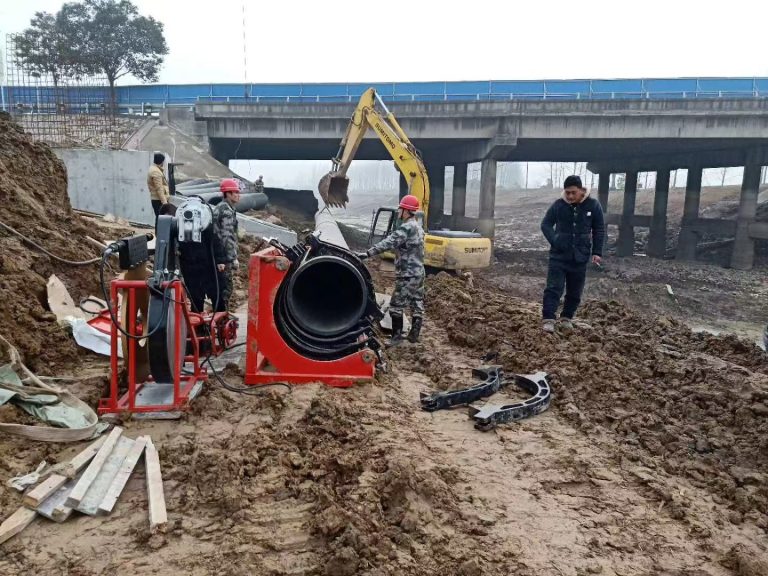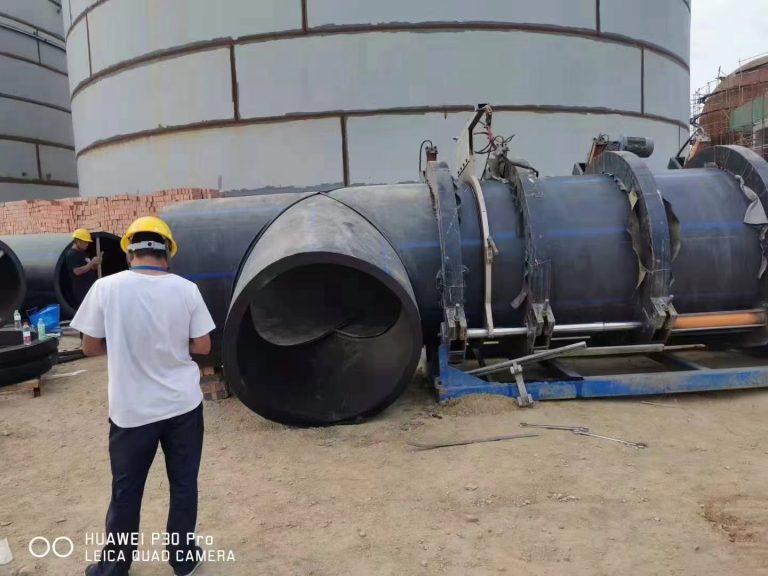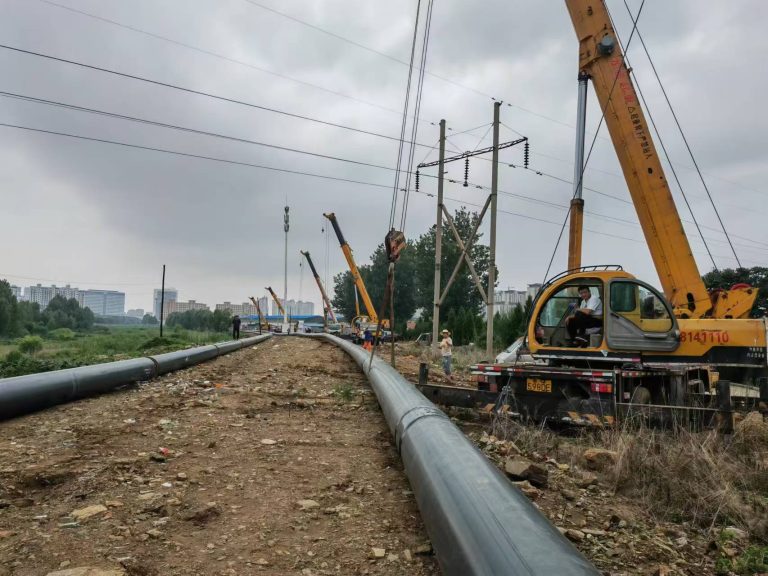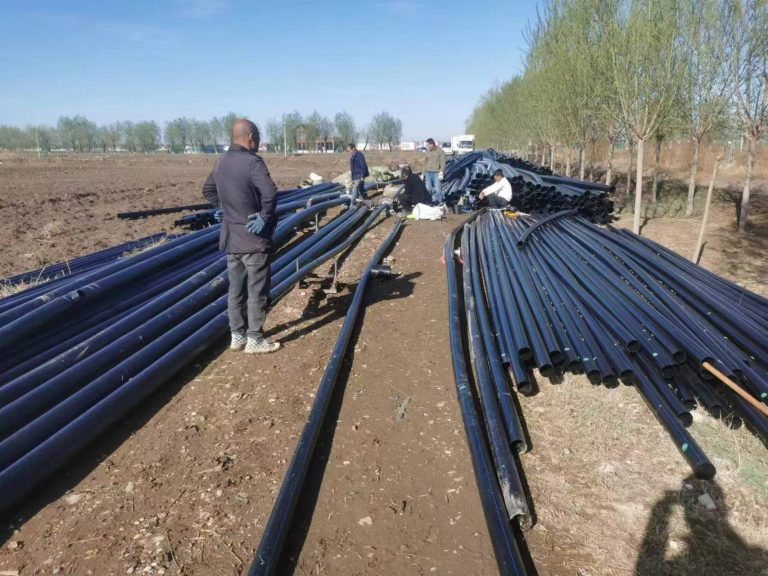Socket Fusion Reducing Tee
Home » HDPE Pipe Fittings » HDPE Socket Fusion Fittings » Socket Fusion Reducing Tee
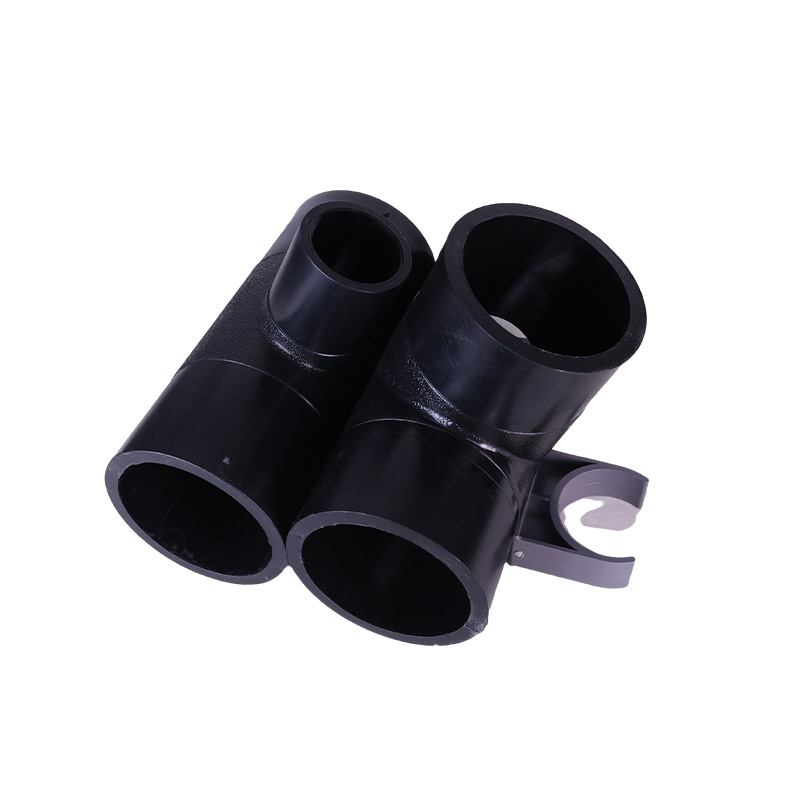
Characteristics of Socket Fusion Reducing Tee
- Non-toxic: Manufactured from non-toxic and tasteless raw materials, effectively improving water quality.
- Corrosion Resistance: Highly resistant to various types of chemicals with no electrochemical corrosion.
- No Leakage: HDPE pipes and fittings are welded using butt fusion, socket fusion, and electrofusion methods, ensuring joint strength higher than the pipe itself.
- Higher Flow Capacity: The smooth inner wall of the pipes facilitates pipeline transportation, increasing delivery capacity by 30% under the same conditions.
- Convenient for Construction and Installation: HDPE pipes can be installed in various trenchless ways, making construction and installation very convenient.
- Lower Maintenance Costs: HDPE pipe fittings are easy to transport and install, reducing worker labor intensity and improving work efficiency.
- Longevity: Designed for a 50-year service lifespan under reasonable conditions.
- Recycled and Environment-friendly: No scaling or bacterial breeding, solving the secondary pollution of drinking water.
Technical Notes
- Material: PE100
- Color: Black, blue, or other colors as required (OEM customization available)
- Size: Available range from 20mm to 630mm (OEM customization available)
- Connection Method: Butt fusion and socket fusion
- Pressure Rating: PN16 (SDR11), PN10 (SDR17.6)
Standards & Certs
- ISO-9001 Certified: Ensuring consistent quality management and continuous improvement.
- High Chemical Resistance: Proven performance in resisting a variety of chemicals, ensuring long-term reliability.
- Enhanced Durability: Demonstrated strength and longevity in various demanding applications, meeting rigorous performance requirements.
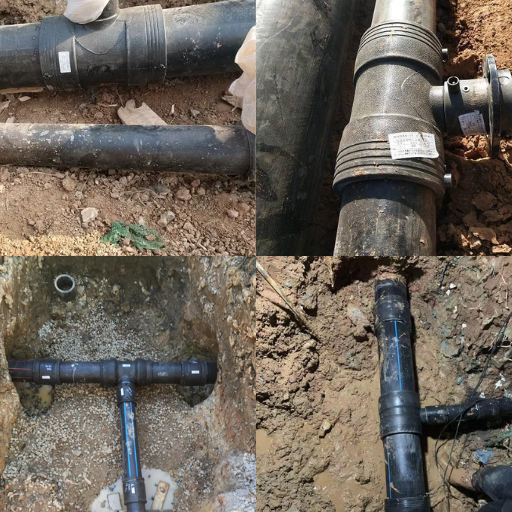
Applications of Socket Fusion Reducing Tee
- Municipal Water Supply: Used in urban and rural water supply networks to ensure leak-proof connections.
- Gas Distribution: Ideal for safe and efficient gas transportation systems.
- Industrial Piping Systems: Suitable for transporting various industrial fluids, chemicals, and slurries.
- Agricultural Irrigation: Utilized in irrigation systems for reliable and durable water distribution.
- Wastewater Treatment: Effective in sewage and wastewater management systems for secure connections.
- Mining Operations: Used in the mining industry to transport slurry, tailings, and other materials.
- Fire Protection Systems: Employed in fire safety systems for reliable water distribution.
- HVAC Systems: Applied in heating, ventilation, and air conditioning systems for efficient fluid transport.
- Marine and Offshore Applications: Suitable for marine environments due to its high corrosion resistance.
- Geothermal Systems: Used in ground source heat pump installations for efficient energy transfer.
Specifications for Socket Fusion Reducing Tee
| Size | H (mm) | L (mm) |
|---|---|---|
| DN75*50 | 240 | 68 |
| DN75*63 | 240 | 73 |
| DN90*50 | 278 | 61 |
| DN90*63 | 278 | 71 |
| DN90*75 | 278 | 76 |
| DN110*50 | 250 | 66 |
| DN110*63 | 250 | 68 |
| DN110*75 | 300 | 86 |
| DN110*90 | 300 | 86 |
| DN160*63 | 280 | 79 |
| DN160*75 | 280 | 69 |
| DN160*90 | 280 | 74 |
| DN160*110 | 280 | 70 |
| DN160*125 | 330 | 84 |
| DN200*63 | 304 | 70 |
| DN200*75 | 304 | 70 |
| DN200*90 | 304 | 68 |
| DN200*110 | 304 | 80 |
| DN200*125 | 490 | 140 |
| DN200*160 | 403 | 90 |
| DN250*63 | 340 | 74 |
| DN250*75 | 345 | 70 |
| DN250*90 | 345 | 75 |
| DN250*110 | 345 | 80 |
| DN250*125 | 490 | 80 |
| DN250*160 | 490 | 80 |
| DN250*200 | 495 | 95 |
| DN250*225 | 490 | 115 |
| DN315*90 | 425 | 80 |
| DN315*110 | 425 | 80 |
| DN315*125 | 425 | 90 |
| DN315*160 | 425 | 80 |
| DN315*200 | 515 | 94 |
| DN315*225 | 515 | 110 |
| DN315*250 | 520 | 110 |
| DN355*110 | 410 | 115 |
| DN355*125 | 410 | 115 |
| DN355*160 | 410 | 115 |
| DN355*200 | 410 | 115 |
| DN355*250 | 565 | 115 |
| DN355*315 | 565 | 115 |
| DN400*110 | 450 | 130 |
| DN400*160 | 450 | 125 |
| DN450*315 | 840 | 165 |
| DN450*400 | 840 | 185 |
| DN500*200 | 600 | 135 |
| DN500*315 | 720 | 120 |
| DN500*400 | 800 | 140 |
| DN500*450 | 695 | 115 |
| DN560*315 | 825 | 185 |
| DN560*400 | 905 | 155 |
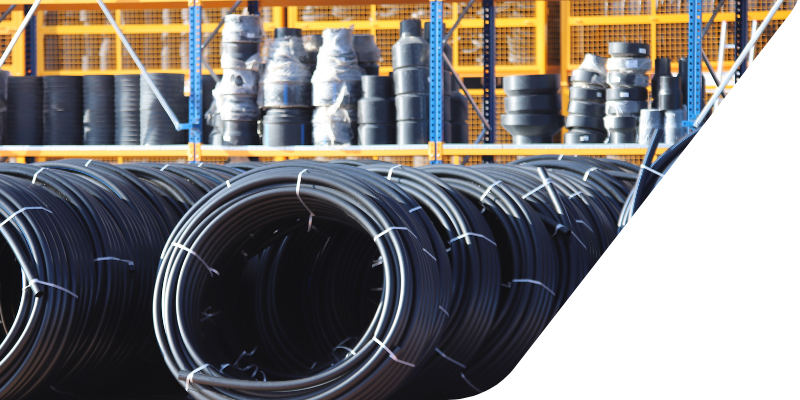
Socket fusion reducing tees are a crucial component in High-Density Polyethylene (HDPE) piping systems. These fittings allow for the efficient branching of pipe networks, ensuring a secure and reliable connection between varying pipe sizes. As industries increasingly adopt HDPE for its durability and resistance to corrosion, understanding the role and application of reducing tees becomes essential for optimizing fluid and gas transportation systems.
The Question
Common FAQ
Discover detailed information on Socket Fusion Reducing Tee. Feel free to contact us with any questions.
Q: What is a socket fusion reducing tee used for?
A: A socket fusion reducing tee is used to connect three sections of pipe, allowing one to be of a different diameter. This fitting is commonly used in HDPE piping systems to branch off the main pipeline while reducing the size of the branch.
Q: How does socket fusion technology work?
A: Socket fusion technology works by heating the fitting and the pipe ends simultaneously, then quickly joining them together. The materials fuse as they cool, creating a strong, leak-proof connection without the need for additional adhesives or mechanical fasteners.
Q: What materials are compatible with socket fusion reducing tees?
A: Socket fusion reducing tees are primarily compatible with High-Density Polyethylene (HDPE) pipes. This material is chosen for its strength, flexibility, and resistance to corrosion, making it ideal for various industrial and commercial applications.
Q: What sizes are available for socket fusion reducing tees?
A: Socket fusion reducing tees come in a range of sizes to accommodate different pipe diameters. Common sizes typically range from 20mm to 315mm, but larger or smaller sizes may be available depending on the manufacturer.
Q: Can I use a socket fusion reducing tee for both gas and water applications?
A: Yes, socket fusion reducing tees are suitable for both gas and water applications. HDPE materials used in these fittings are safe and reliable for transporting potable water, natural gas, and other fluids under pressure.
Q: How do I ensure a proper socket fusion connection?
A: To ensure a proper socket fusion connection, it’s crucial to follow the manufacturer’s guidelines closely. This includes using the correct heating time, ensuring clean pipe surfaces, and applying adequate pressure when joining the components. Proper training and the right tools are essential for achieving a strong, leak-proof joint.


